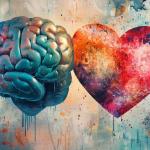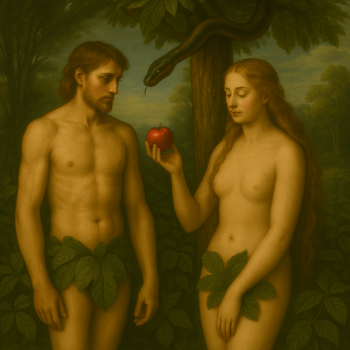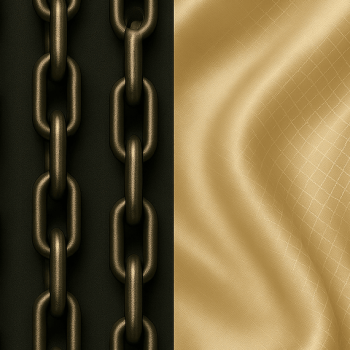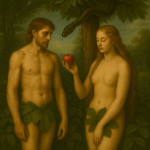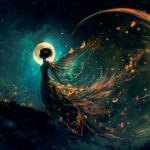Nothing intrinsically exists apart from everything else. This is a concept that appears in both Eastern mysticism and quantum physics. Fifty years ago, Fritjof Capra wrote an influential book called The Tao of Physics: Exploring the Parallels Between Modern Physics and Eastern Mysticism that discussed these concepts.
Currently, I’m reading The Quantum and the Lotus: A Journey to the Frontiers Where Science and Buddhism Meet. The book records a fascinating conversation between authors Matthieu Ricard and Trinh Xuan Thuan. Ricard is a cellular geneticist who became a Buddhist monk. Thuan is a Buddhist who became an astrophysicist. Both are good communicators and clear thinkers.
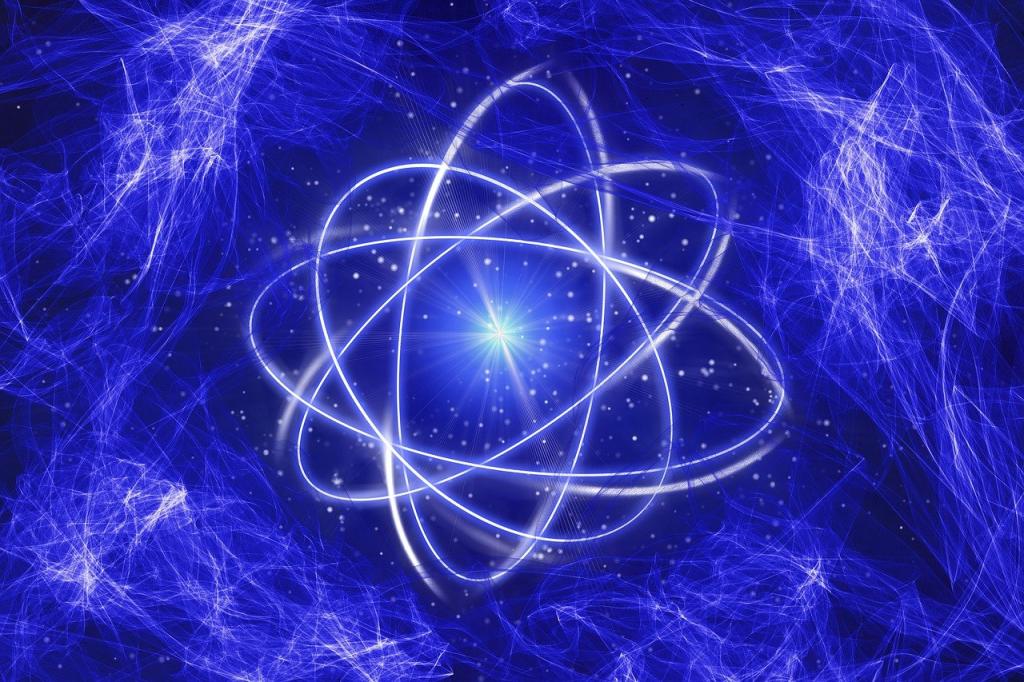
The conversation ranges from general relativity to quantum mechanics. General relativity explains the behavior of the largest objects in the universe, including cosmology, the expansion of the universe, and the motion of planets. Quantum mechanics explains the behavior of the smallest particles in the universe, including the fundamental forces of nature and quantum entanglement.
Scientists say that biology is derived from chemistry, which is derived from physics, which is derived from mathematics. Scientists hope to reconcile general relativity and quantum mechanics. This could produce a Theory of Everything (TOE.) A TOE is an overarching hypothetical framework that would explain the physics of the entire universe in a single equation.
To me, the most interesting discussion (among many really interesting discussions) in this book is the chapter on “Mirages of Reality” which describes the existence of elementary particles.
The Universe Is “Queerer Than We Can Suppose”
I recently wrote about paradoxes here. The column discussed the right and left hemispheres of the brain, and I suggested that together, they offer a more complete description of reality. Likewise, I suggested that together, Newtonian physics and quantum physics offer a more complete description of reality. I wrote about quantum physics here, and I wrote about nonduality here.
When we first encounter these concepts, we might think that the scientists see an actual, physical world, consisting of discrete objects which are atomistic, reductionist, solid and tangible. Then, we might think that the mystics imagine a fanciful, metaphysical world, consisting of an interconnected field which is fluid, holistic, intangible and relational, superimposed on the actual world.
Actually, the universe is even stranger than that. Biologist J.B.S. Haldane famously wrote that, “The Universe is not only queerer than we suppose, but queerer than we can suppose.” Similarly, physicist Richard Feynman once said that, “If you think you understand quantum mechanics, you don’t understand quantum mechanics.” Nothing intrinsically exists apart from everything else.
In fact, at the quantum level, the actual, physical world is fluid, holistic, intangible and relational. Science tells us that apparently independent objects actually exist in interconnected fields. Atoms, which were thought to be the “building blocks” of matter, are not “blocks” at all. Rather, they are comprised of even smaller protons and neutrons, surrounded by electrons in motion.
We know that atoms are constantly moving. Physicist Edwin Schrödinger explains that, “It is better not to view a particle as a permanent entity, but rather as an instantaneous event. Sometimes these events link together to create the illusion of permanent entities. Thuan adds, “Atoms form a world of potentials and possibilities, rather than of things and facts.”
Does Anything Intrinsically Exist?
A hydrogen atom is about 99.999999999999% empty space. So, “solid” objects are not really solid. According to Feynman, there is enough energy in a cubic meter of space to boil all of our oceans. So, “empty” space is not really empty either.
Now, if atoms are mostly empty, not solid, and if particles are instantaneous events, not permanent entities, then is anyone or anything permanent or solid? Physicist Laurent Nottale elaborates:
“Some philosophers have gone farther and concluded that nothing, including matter and mind, intrinsically exists…. If things do not exist in absolute terms, but do nevertheless exist, then their nature must be sought in the relationships that bring them together. Only these relationships between objects exist, and not the objects themselves. Objects are relationships…”
This is similar to the Buddhist concept of dependent origination, which suggests that all things are dependent on other things. As Buddhist scholar Bhante Gunaratana writes, “All things, no matter how mundane or meaningful, arise based on causes and conditions. And without those causes and conditions, they would not arise at all.”
Everyone is related, and everything is connected. Nothing intrinsically exists apart from everything else.
Do you see why I write about nonduality and paradox and about mystics and scientists? Also, do you find it remarkable (as I do) that the mystics and scientists arrive at similar understandings of the actual, physical world? Using subjective experience and objective evidence, respectively, the mystics and scientists see the world as fluid, holistic, intangible and relational.
How would we live our lives differently if we looked through our apparent separation to see our actual interconnectedness?
If you want to keep up with the latest from You Might Be Right, please subscribe.
The Way received a 2024 Nautilus Book Award.
If you enjoyed this article, please leave a comment at the bottom of this page.
Thanks for reading You Might Be Right!!



